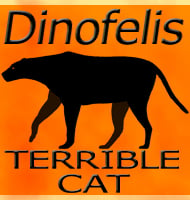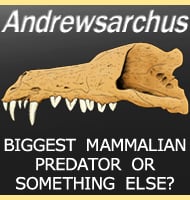Borhyaena
In Depth Despite the name, Borhyaena was in no way related to hyenas, but was instead one of the larger predatory marsupials that roamed South America during the early/mid Miocene periods. As the type genus of the Borhyaenidae, Borhyaena represents one of the main kinds of predators active in South America until they were ultimately … Read more

